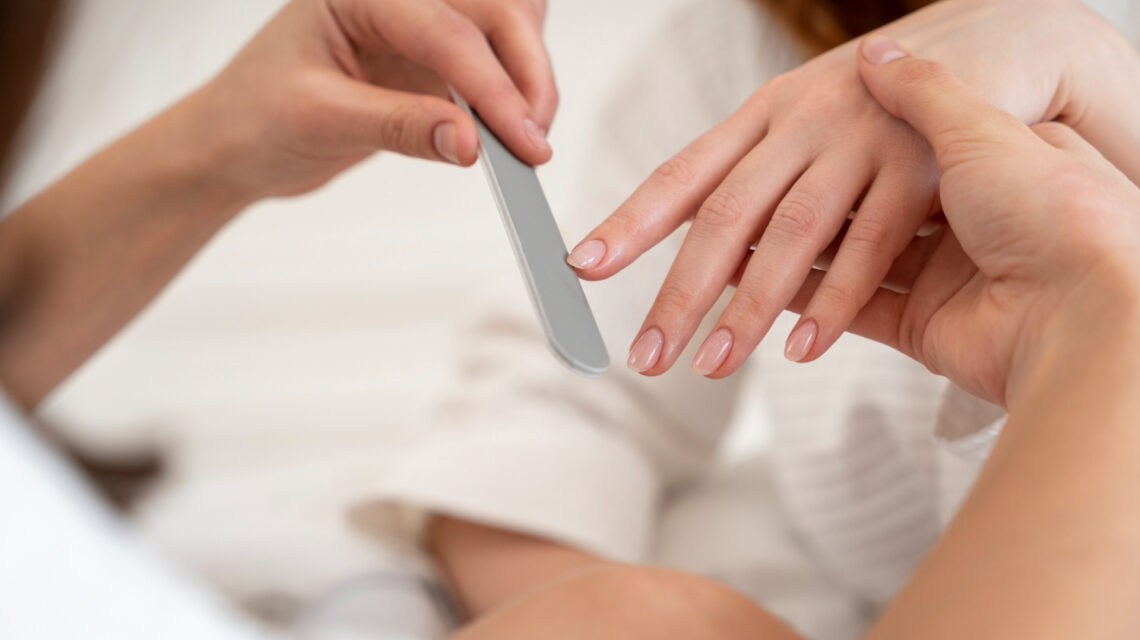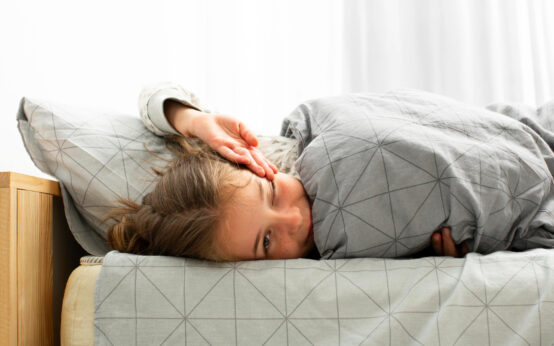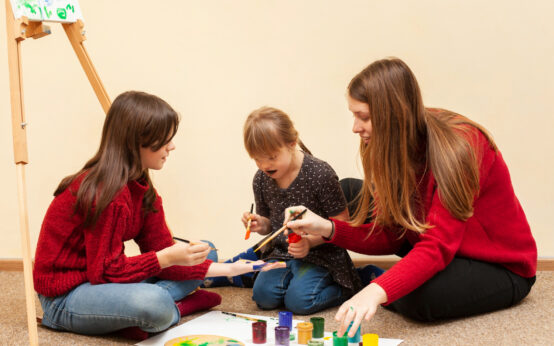Introduction
Children with autism often face challenges when it comes to nail cutting. The process can be overwhelming and even painful for them, mainly due to sensory sensitivities. If you’re a parent facing this issue, there are several tips to make the nail-cutting experience more manageable for your child with autism.
Challenges in Cutting Nails for Autistic Children
Cutting an autistic child’s nails can be challenging for various reasons. Many children with autism experience Sensory Processing Disorder (SPD), making them hypersensitive to touch and noise. Experiencing the trimming of their nails may evoke a strong sensation for individuals. Even if a child with autism doesn’t have SPD, the sounds and touch associated with nail cutting can still be distressing. Additionally, many children with autism may not understand the necessity of nail cutting, further complicating the task.
Useful Nail Cutting Tips for Children with Autism
Understanding the challenges, here are some helpful tips for cutting your child’s nails:
- Start Slowly to Build Tolerance: Begin with one finger, cutting a small amount to acclimate your child to the process without overwhelming them.
- Don’t Make it a Big Deal: Approach the task casually, realizing that cooperation may not extend to all nails in one sitting. Take your time and make the process feel normal.
- Ensure Comfortable Positions: Both you and your child should be in comfortable positions to promote relaxation and cooperation during the nail-cutting session.
- Help Them Understand the Process: Explain the steps before starting to reduce anxiety. Children with autism may benefit from understanding what will happen during the nail-cutting process.
- Emphasize Importance Literally: Children with autism often respond well to literal explanations. Highlight the dangers of long nails, emphasizing that it can hurt people.
- Massage Their Hand: Since touching can be an issue, a gentle hand massage can help your child relax and become more comfortable with the idea of having their nails trimmed.
- Experiment with Different Clippers: Some children with autism are sensitive to sounds, so try various nail clippers. Electric clippers, with their minimal noise, might be a suitable alternative.
- File First, Then Cut: If resistance is high, try filing the nails before transitioning to cutting. This gradual approach can reduce anxiety and sensory overload.
- Use Distractions: Take advantage of your child’s fixation on toys or videos to create a conducive environment for nail cutting.
- Try During Sleep: If resistance persists, consider trimming nails while your child is asleep to avoid any struggles.
Nail Clippers Suitable for Autistic Children
Choosing the right nail clippers is crucial. Here are some options tailored to the needs of autistic children:
- 360-Degree Head for the Right Angle: These clippers ensure a precise cut at the right angle, preventing ingrown nails.
- Sharp Blades for a Clean Cut: The sharp blades guarantee a clean and even cut, minimizing the risk of nail trauma.
- Precision Spin Snips: Designed for clean, precise cuts, reducing the chance of cutting nails too short or unevenly.
- Toe Nail Clippers and File: A convenient set that includes clippers for both fingers and toes, along with a file to smooth out sharp edges.
- Electric Filer with Six Grinding Heads: Battery-operated, with six different grinding heads of varying coarseness, providing a gradual filing option for sensitive children.
- Nail Clipper with Light: Features a built-in light for better visibility during nail cutting, especially helpful when dealing with a squirming child.
- Highly Portable Design: The replaceable battery ensures a cord-free and hassle-free nail-trimming experience.
Conclusion
With patience, understanding, and the right tools, you can transform nail-cutting time into a more manageable and even enjoyable experience for your child with autism. Take it slow, be gentle, and find the tools that work best for your child, and soon you’ll become a pro at navigating this task.
Source
- American Academy of Pediatrics. (2020). Autism Spectrum Disorder (ASD). HealthyChildren.org. https://www.healthychildren.org/English/health-issues/conditions/Autism/Pages/default.aspx
- Autism Speaks. (n.d.). Sensory Issues. https://www.autismspeaks.org/sensory-issues
- Harris, S. R., & Handleman, J. S. (2000). Age and IQ at intake as predictors of placement for young children with autism: a four- to six-year follow-up. Journal of Autism and Developmental Disorders, 30(2), 137–142. https://doi.org/10.1023/a:1005426506926
- National Institute of Mental Health. (2021). Autism Spectrum Disorder. https://www.nimh.nih.gov/health/topics/autism-spectrum-disorders-asd/index.shtml
- Wilkinson, L. A. (2018). A Best Practice Guide to Assessment and Intervention for Autism Spectrum Disorder in Schools (Second Edition). Jessica Kingsley Publishers.







